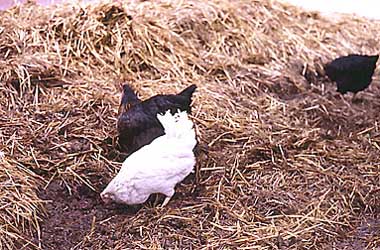 Learn How Permaculture Systems Relate
Learn How Permaculture Systems Relate
As with Permaculture II, this course is a natural progression from the earlier Permaculture units, but can also be taken separately in its own right. It concentrates on the animals in a permaculture system, how they relate to each other, how they relate to surrounding environments, and selection and management of different types of animals in a permaculture design.